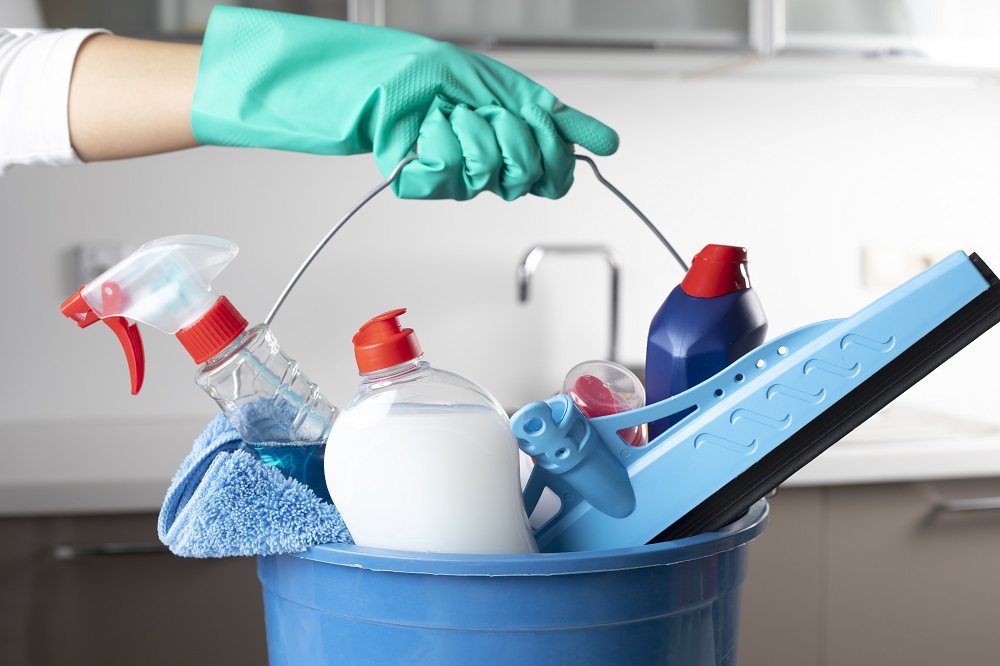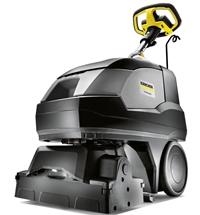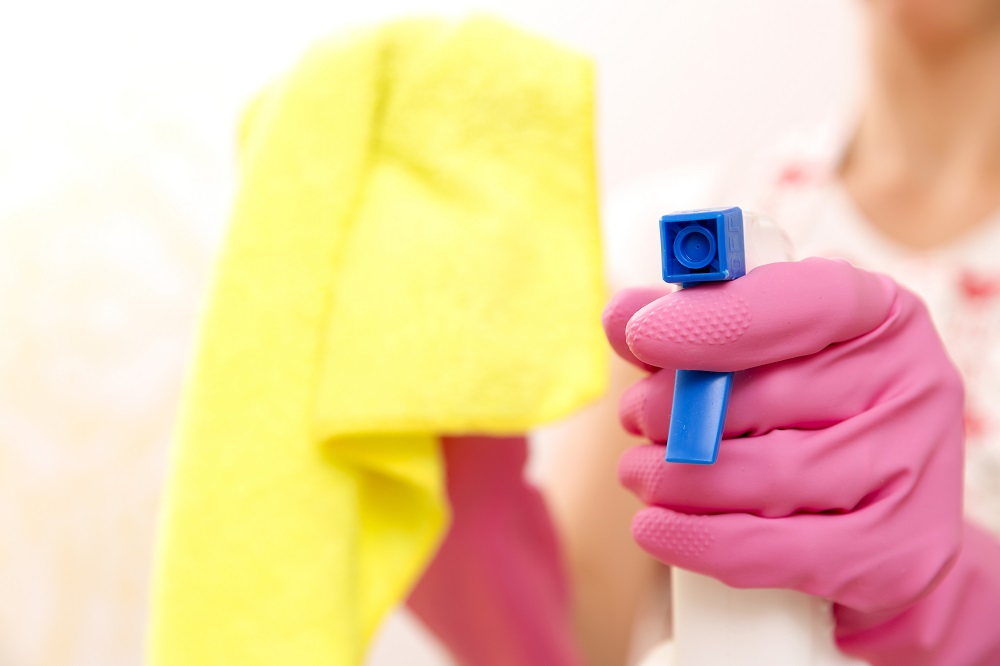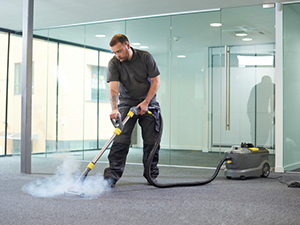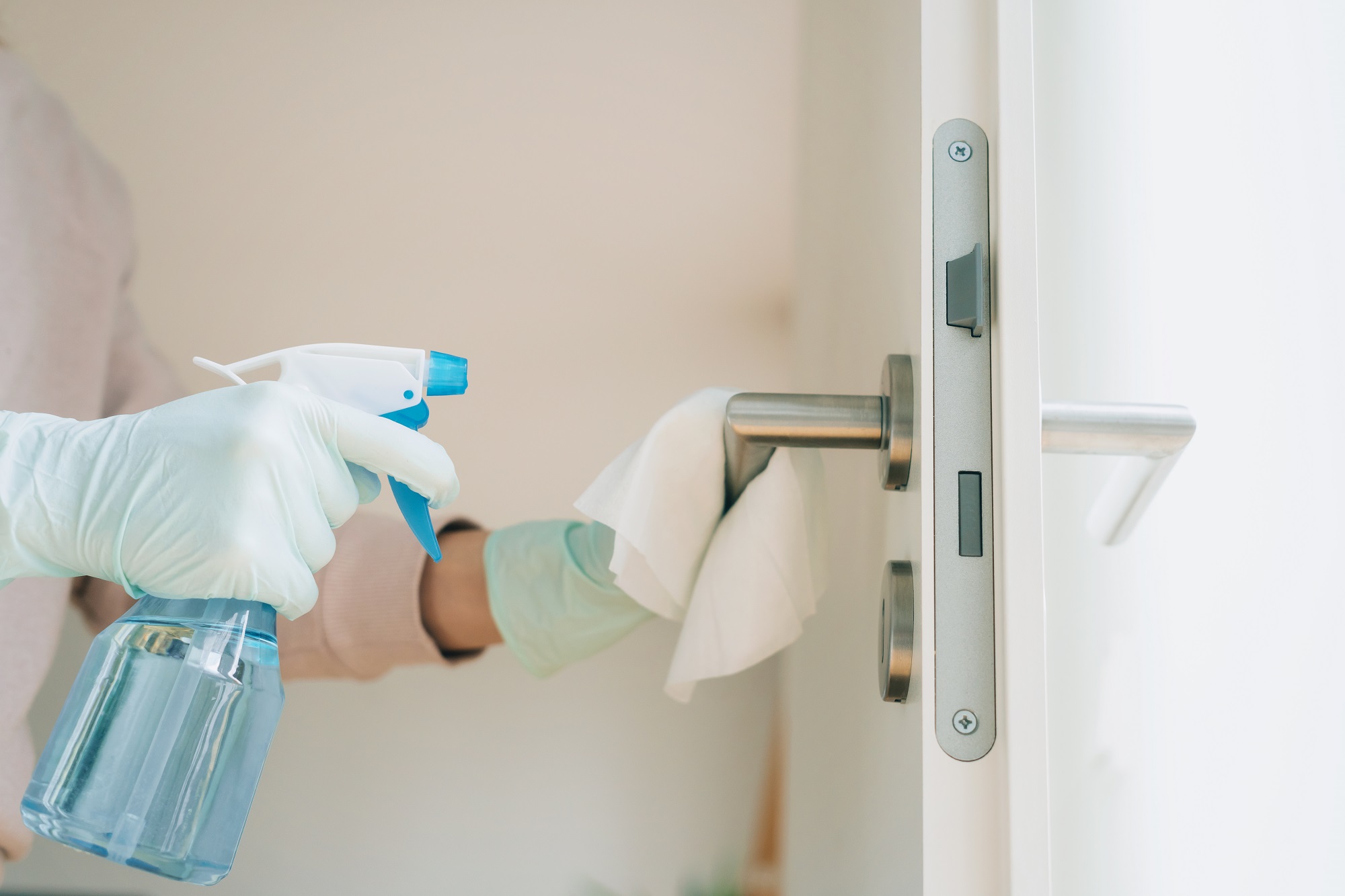
Disinfecting took center stage during the global pandemic. You may now find yourself behind on other important cleaning tasks assigned a lower priority.
How do you determine and defend staffing levels to ensure these cleaning tasks are completed too?
Cleaning standardisation, workloading, and scheduling are the keys to your success. Cleaning organisations typically don’t standardise their methods for determining cleaning practices and priorities, even with a limited staff.
Many are reactionary in their custodial operations and lack a dedicated investment in workloading. Organisations that create tightly integrated and standardised workloading solutions are better able to stay on course for success, even when there are less people available to do the work.
They are prepared when an opportunity or crisis arises that requires a quick decision. Efficient workloading creates a calendar for necessary tasks and documents their frequency. It enables staff assignments based on a building’s cleaning needs, the risks associated with doing (or not doing) these tasks, and the available budget.
Proper workloading that is specific to the tools and equipment chosen allows organisations to align resources with the people who do the work.
Set up your standards
The path forward is easier than you think. Adopting an existing standard that has already been vetted by the cleaning industry will simplify the process.
Implement the following recommendations to create an integrated approach to the entire cleaning program:
- Set aside the right amount of time
Dedicate the appropriate amount of time to plan, execute, and follow through to ensure your success.
- Define your cleaning objectives
Give some thought to defining and setting your cleaning goals. Ensure these goals are in line with the organisation’s expectations, regulatory requirements, and desired healthy cleaning outcomes.
This will serve as a guide later when you are prioritising, assigning, and scheduling the cleaning work. Make sure the tasks and workload are aligned to these objectives and review them often to ensure they remain aligned, especially if you have recently given all your attention to disinfecting.
Defining your cleaning objective will also allow you to clear your cleaning schedule more readily of tasks that are not bringing you closer to accomplishing your objectives.
- Calculate the workload
Once you’ve defined your cleaning goals you will need to calculate what needs to be done to achieve them. In other words, you need to calculate the actual cleaning team workload. This step will range in complexity depending on the type, size, and number of cleanable areas, space types, and tasks involved so it helps to break it down.
First, make a list of all the cleaning projects and processes the cleaning team needs to deliver. Estimate the time and commitment each of these cleaning projects and processes will demand from your team.
Break down the projects/processes into smaller tasks/phases to set workload on a daily, weekly, monthly, quarterly, and annual basis. Identify which tasks are most urgent and organise them by priority.
- Establish your team’s capacity
Now that you know how much cleaning work needs to get done, you’ll need to understand how much work your cleaning team can actually deliver. Make sure to account for real-life events such as vacations, hiring struggles, or other compromises/responsibilities.
- Distribute the cleaning work
Assign the cleaning work according to the workloaded tasks. Avoid overloading the overachievers and undermining those that are at the other end of the spectrum. Giving work to those who will eagerly take it and complete it quickly will be tempting, but you risk burning them out.
- Be flexible
Don’t expect to complete workloading once and be done with it. You must also be prepared to rearrange workload if needed. Take a flexible approach and understand you may need to pivot, as being rigid about the workload strategy can create long-term cleaning problems.
Priorities may shift and workloads may become uneven. As long as everything evens out over the span of a year, it’s normal to have ups and downs in between while still achieving the desired cleaning results.
Building a better plan
A workload strategy provides cleaning organisations with the opportunity to build an efficient and innovative cleaning plan with a balanced workload that leads to high performance.
Standardised workloading not only benefits the front-line cleaning workers, but also the employees tasked with making and defending custodial staffing levels.
The result provides a mathematical and factual basis for custodial staffing levels to meet customer and management expectations of clean.
This article originally appeared in the July/August 2021 issue of ISSA’s Cleaning and Maintenance Management (CMM) magazine.
Tim Poskin is president of Cleaning Management Concepts LLC. He is a leading authority on custodial workloading and currently serves as chair of the ISSA Cleaning Management Institute (CMI) workloading and benchmarking committee. He can be reached at tim@cleaningmanagementconcepts.com.
Comment below to have your say on this story.
If you have a news story or tip-off, get in touch at info@3.106.117.80.
Sign up to INCLEAN’s newsletter.
